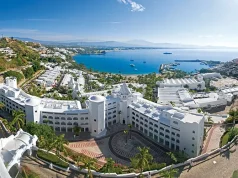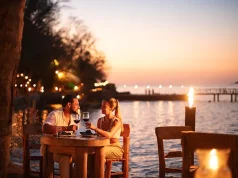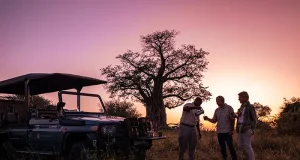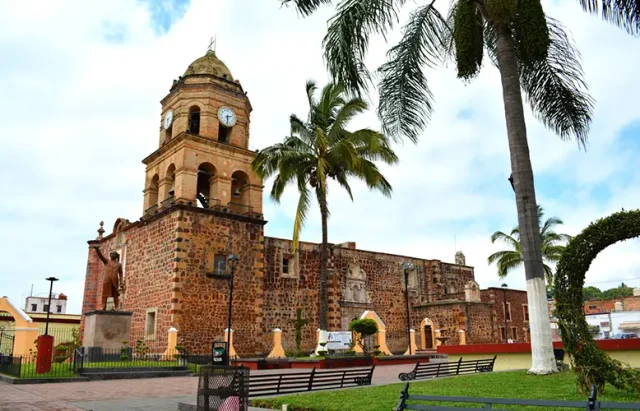
Tucked away in the rugged southern highlands of Nayarit, Amatlán de Cañas isn’t the kind of place that shouts for attention—but it doesn’t need to. With its slow-moving rivers, natural thermal spas, and centuries-old chocolate tradition, this hidden corner of Mexico offers something better than flash: depth.
If you’re looking for something raw, honest, and restorative, Amatlán delivers.
Where the Rivers Run Clean
The Río Ameca and its tributaries snake through the steep canyons and fertile valleys around Amatlán de Cañas. The water here isn’t just scenery—it’s life. Locals have long relied on these rivers for farming, fishing, and cooling off during Nayarit’s punishing dry season. But for visitors, the rivers offer something else entirely: an unfiltered connection to nature.
The Río Ameca is especially notable near the town of Amatlán. In dry months, it’s calm enough to wade or float lazily in; in the rainy season, it roars to life, carving new channels and stirring up its stony bed. Along its banks, you’ll find shaded groves, swimming holes, and locals gathering with family and friends. Some bring coolers, others bring hammocks—but everyone brings time. Because that’s what the rivers demand here: you slow down, or you miss the point.
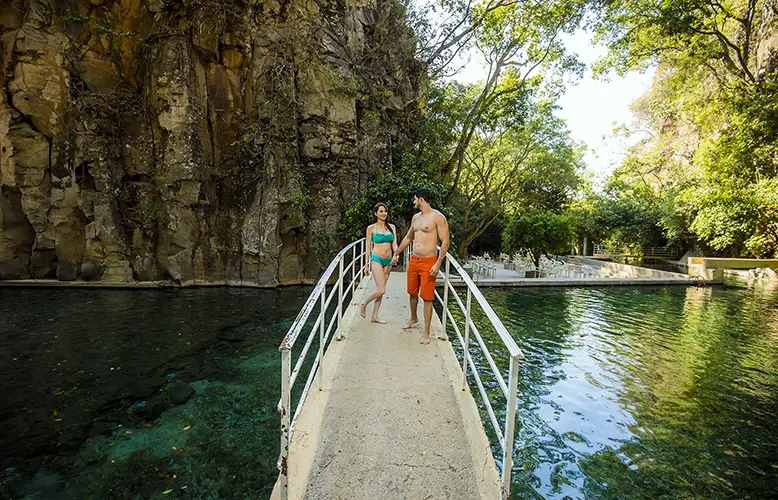
Then there’s the Río San Pedro, a smaller stream known for its crystal-clear pools and natural stone formations. Hidden in the hills and accessible only by dirt paths and a bit of local knowledge, it’s the kind of spot that doesn’t show up on travel apps. And that’s precisely why it’s worth finding.
Hot Springs, Naturally
One of Amatlán’s best-kept secrets is its geothermal activity. The region sits on volcanic ground, which means mineral-rich water rises straight from the earth—no luxury resort needed. These aren’t chlorinated pools or spas with wristbands. They’re the real thing: natural hot springs tucked into the landscape like they’ve been waiting for centuries.
El Manto, the most famous of these springs, is about a 15-minute drive from the town center. A developed but still rugged site, it features pools fed by thermal water cascading down rock faces, surrounded by thick vegetation. The setting feels wild, but the water is soothing, almost silky. Locals swear by it for treating skin conditions and easing joint pain. Even skeptics can’t argue with how relaxed they feel after a good soak.

There are also more rustic, undeveloped springs scattered throughout the area—like those near the village of Estancia de los López. These require more effort to reach, often involving a hike or a ride on an ATV, but the payoff is solitude and silence, broken only by the sounds of birdsong and the hiss of steam rising from the earth.
Chocolate with Roots
Long before hot springs became trendy, before tourists came for riverside selfies, Amatlán de Cañas was already known for something deeply rooted in tradition: chocolate.
This is not your grocery-store chocolate bar. The chocolate here is rustic, hand-ground, and intensely flavorful—made the old-fashioned way, with roasted cacao, cinnamon, vanilla, and sometimes a touch of chile. It’s molded into disks or balls and sold in local markets or directly from family kitchens.
Making chocolate in Amatlán is often a multi-day process that starts with grinding cacao beans on a metate, a traditional stone slab. It’s hard, physical work, usually done by hand and passed down through generations. The resulting paste is mixed with sugar and spices, then sun-dried into solid pieces ready for drinks, mole, or eating straight.
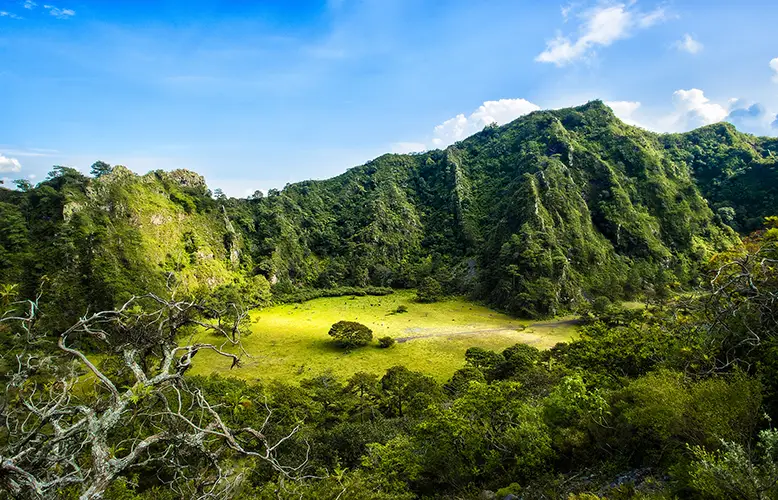
Hot chocolate here isn’t just a drink—it’s part of the cultural fabric. It’s served thick and frothy, whipped with a molinillo (wooden whisk), and often poured over tamales or sweet bread during festivals and holidays.
Some families have been making and selling their own chocolate for over a century. Ask around town, and you might be invited into someone’s kitchen to see the process for yourself. You’ll leave with chocolate—and probably a story or two to go with it.
Beyond the Guidebook
Amatlán de Cañas isn’t polished, and that’s its strength. There are no major hotel chains and no glossy souvenir shops. What you’ll find instead is a town that moves at its own pace, powered by real community and sustained by the land itself.
Yes, the rivers are beautiful. Yes, the hot springs are calming. And yes, the chocolate is unforgettable. But what ties it all together is a sense of authenticity that’s becoming harder to find.
You won’t come here for nightlife. You’ll come to breathe. To float. To eat something made with hands that still remember how to grind cacao on stone. You’ll come for the quiet and maybe to remind yourself that not everything has to be fast, loud, and branded.
Amatlán de Cañas is the kind of place you stumble upon and never forget. The kind of place that stays with you, long after the rivers run behind you and the chocolate melts away.


